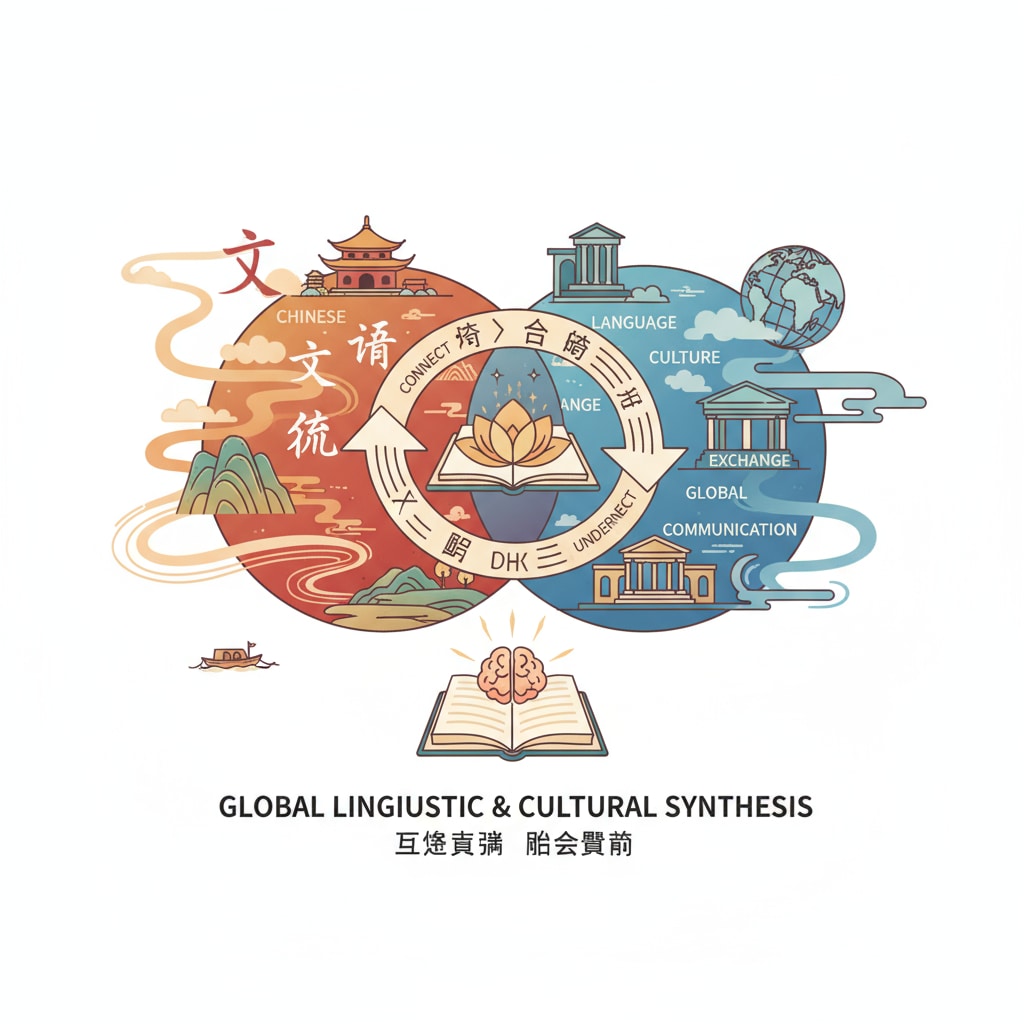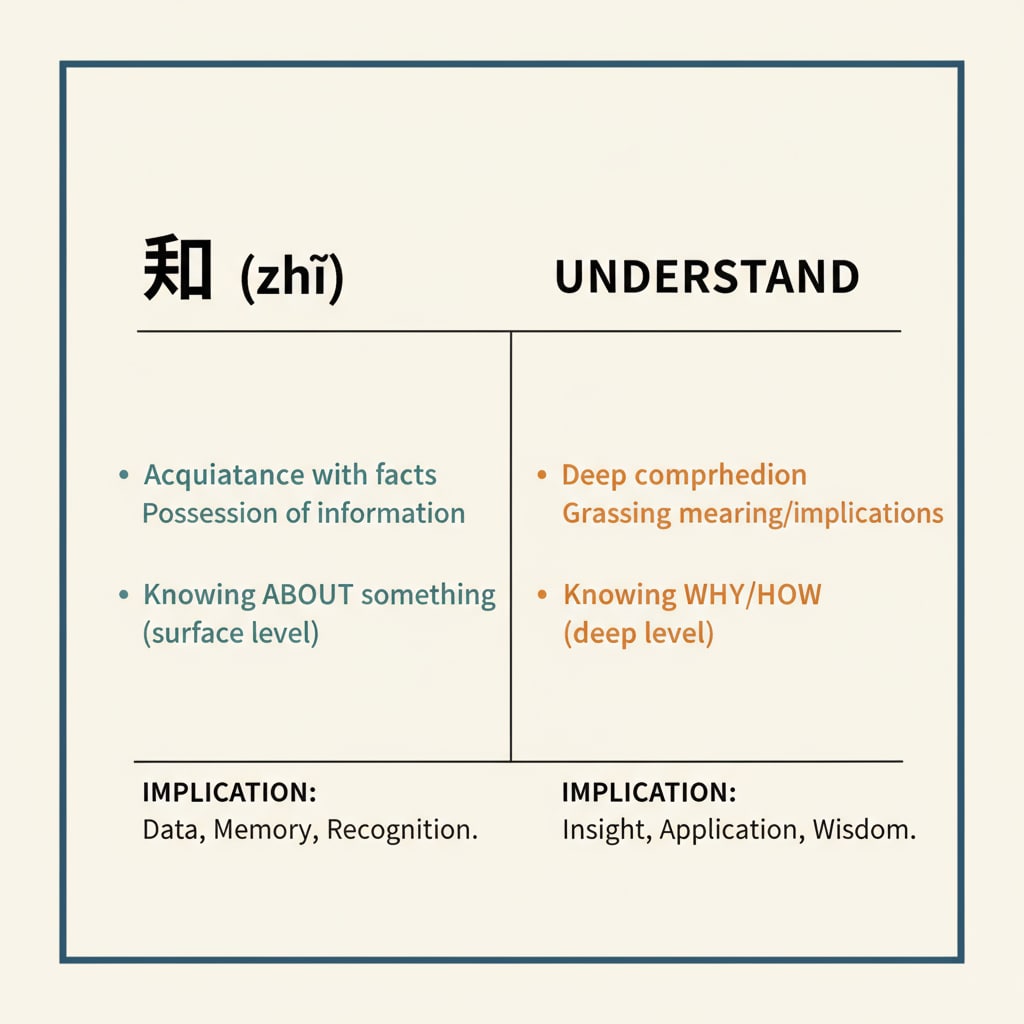In the realm of language and culture, the concepts of “知” in Chinese and “understand” in English carry distinct meanings and implications, reflecting profound language differences and cultural thinking disparities. These differences not only shape how we communicate but also have a significant impact on education, especially in the K12 context.

As we embark on this exploration, we will uncover the unique characteristics of these two concepts and their implications for teaching and learning.
The Conceptual Nuances of “知” and “Understand”
The Chinese character “知” encompasses a broad spectrum of meanings. It can simply refer to having knowledge or information, such as knowing facts or figures. However, it also implies a more superficial acquaintance with a subject. For example, one might “知” a historical event, but that doesn’t necessarily mean they have a deep understanding of its causes and consequences. On the other hand, “understand” in English conveys a deeper level of comprehension. It involves grasping the meaning, significance, and relationships within a concept. Understanding requires the ability to analyze, interpret, and make connections, going beyond mere knowledge possession. According to Language and Cognition on Wikipedia, language shapes our perception of the world, and these differences in conceptions are no exception.

Cultural Thinking Embodied in Language
The difference between “知” and “understand” is deeply rooted in the cultural thinking of Chinese and Western societies. Chinese culture often emphasizes rote learning and the accumulation of knowledge as a foundation. The concept of “知” aligns with this tradition, where students are expected to memorize facts and information. This approach has its merits, as it provides a solid knowledge base. Western culture, however, places a greater emphasis on critical thinking and in-depth understanding. The concept of “understand” encourages students to question, analyze, and explore ideas, fostering a more active and creative learning process. As stated in Cultural Anthropology on Britannica, culture influences how we think and learn, and these language concepts are a testament to that.
The implications of these cultural thinking differences are significant for K12 education. In Chinese classrooms, the focus on “知” may lead to students excelling in rote memorization tasks but struggling with applying knowledge in real-world situations. In Western classrooms, the emphasis on “understand” may result in students being more creative and critical thinkers but lacking a solid knowledge foundation. Therefore, educators need to strike a balance between the two approaches. They should encourage students to not only acquire knowledge but also develop the skills to understand and apply it effectively. By integrating elements of both Chinese and Western thinking, we can create a more comprehensive and effective educational experience for students.
Readability guidance: This article has used short paragraphs to enhance clarity. Each H2 section provides key insights, and lists could be further developed to organize information. The passive语态 has been minimized, and transition words like “however” and “therefore” have been used to connect ideas smoothly.


